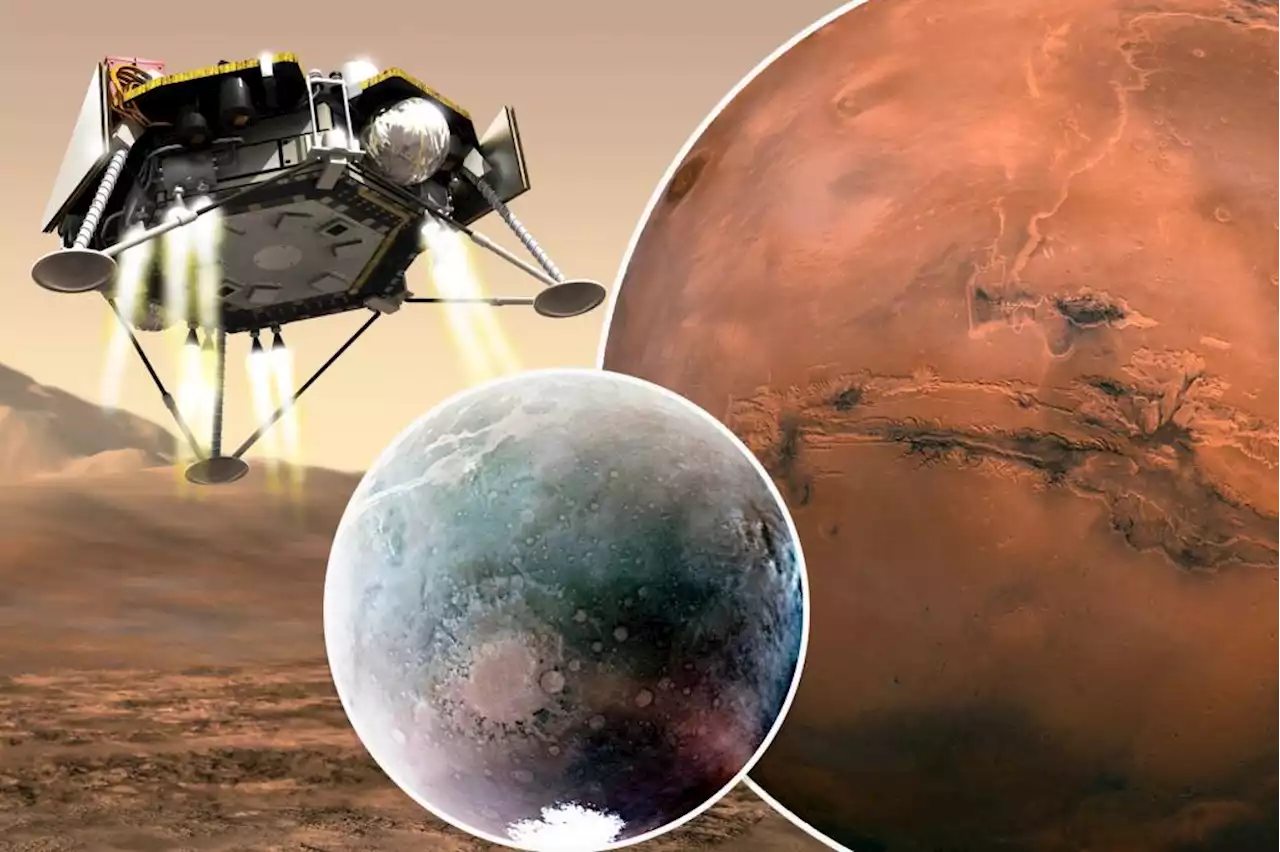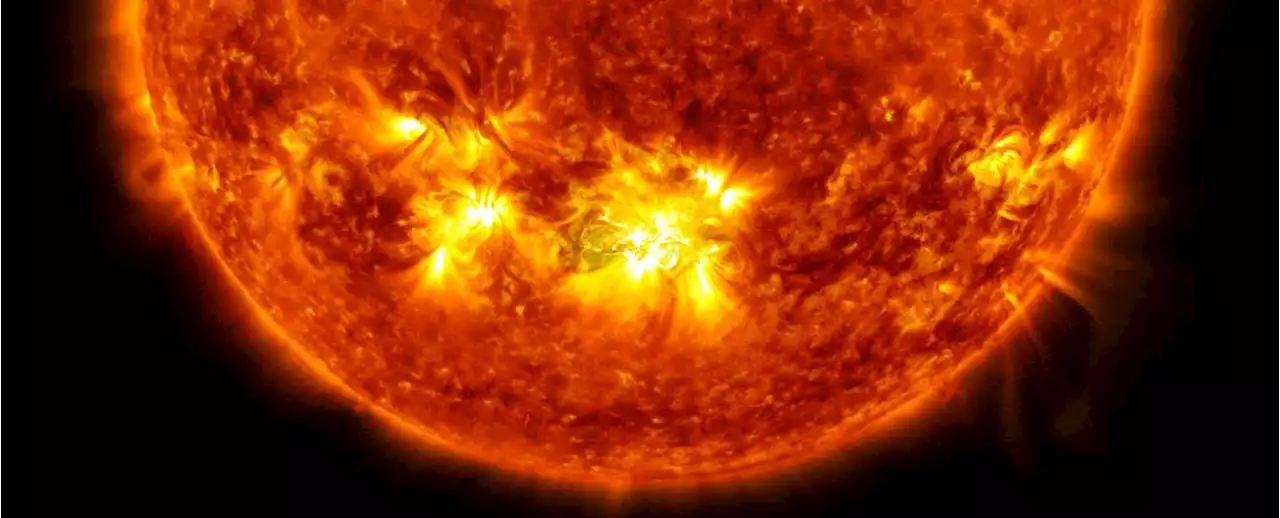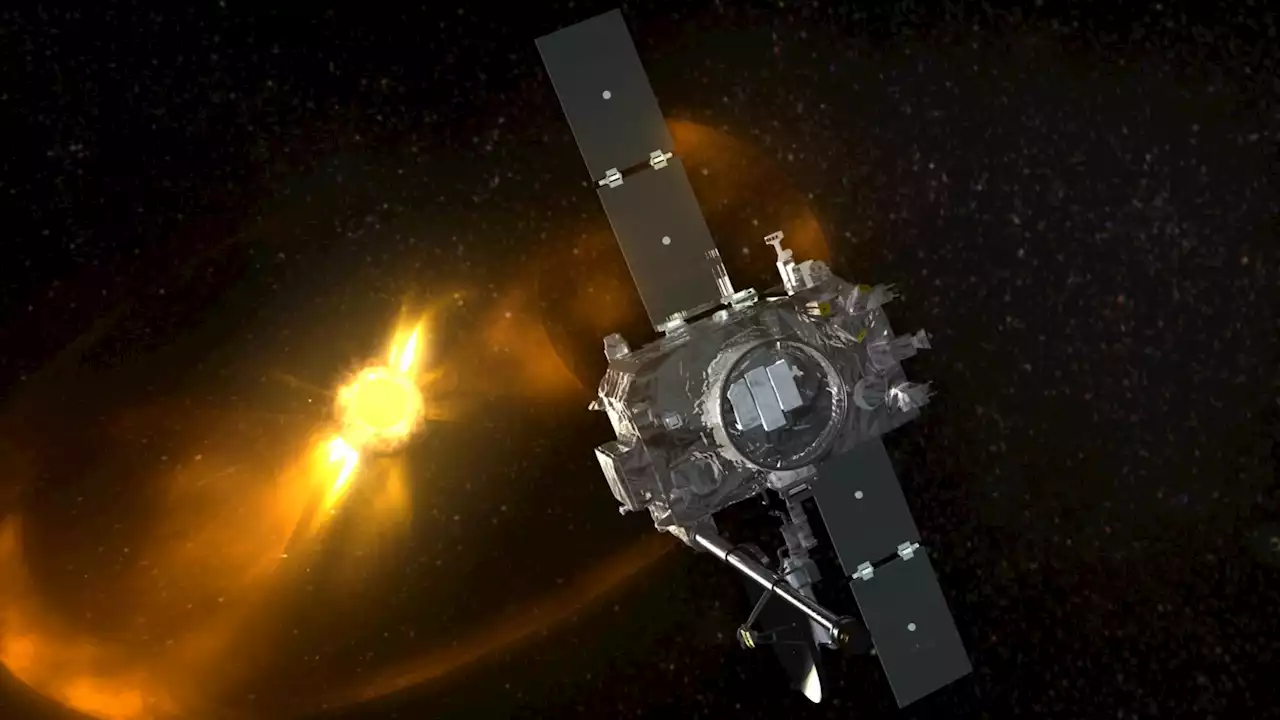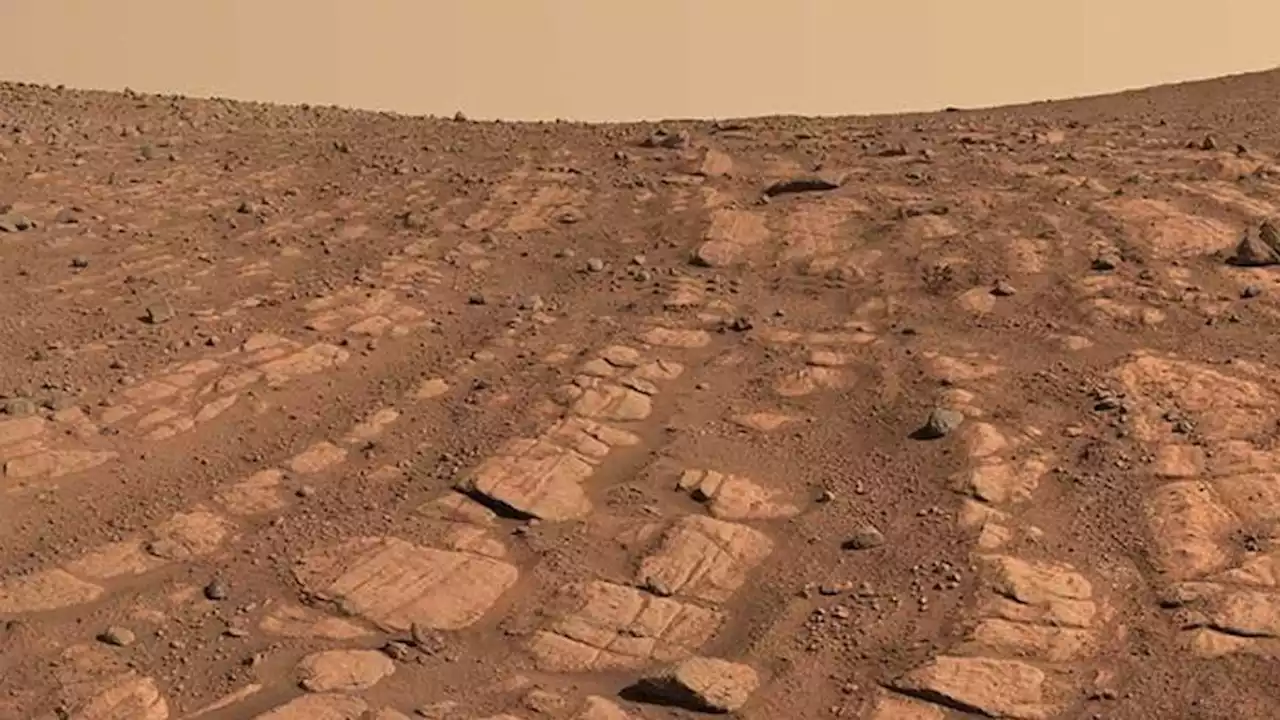NASA is planning to deliver the first samples of Martian material to Earth, which could shed light on the question of whether life existed on the Red Planet.
Scientists believe this crater, which was created from a meteorite's impact, was once the site of an ancient lake, probably around 3 to 4 billion years ago. It is thought that the conditions in this lake basin may have been favorable to life.
The rocket will then launch from the surface of Mars—the first ever to do so—with another spacecraft capturing it in the Red Planet's orbit. This spacecraft will then bring the samples back to Earth. One challenge in the design of the Sample Retrieval Lander concept is that the craft would be the largest and heaviest spacecraft to ever touch down on Mars.
United States Latest News, United States Headlines
Similar News:You can also read news stories similar to this one that we have collected from other news sources.
 After 17 years away, NASA's sun-studying spacecraft will visit Earth on Aug. 12The STEREO-A spacecraft will pass between Earth and the sun this weekend, getting the chance to team up with other NASA missions.
After 17 years away, NASA's sun-studying spacecraft will visit Earth on Aug. 12The STEREO-A spacecraft will pass between Earth and the sun this weekend, getting the chance to team up with other NASA missions.
Read more »
 Mars' Rotation Speeds Up, Shortening Martian DaysScientists have discovered that Mars' rotation is accelerating, causing the length of a Martian day to decrease by a small amount each year.
Mars' Rotation Speeds Up, Shortening Martian DaysScientists have discovered that Mars' rotation is accelerating, causing the length of a Martian day to decrease by a small amount each year.
Read more »
 Violent Solar Outburst Hits Earth, Moon, And Mars in Scientific FirstAn outburst that erupted from the Sun in 2021 was so violent that it was simultaneously felt on multiple Solar System bodies as it blasted through.
Violent Solar Outburst Hits Earth, Moon, And Mars in Scientific FirstAn outburst that erupted from the Sun in 2021 was so violent that it was simultaneously felt on multiple Solar System bodies as it blasted through.
Read more »
 Solar spacecraft to make its first Earth flyby after 17 yearsNASA’s STEREO-A spacecraft will travel between the Sun and Earth this Saturday, August 12. This first visit to the Earth presents a unique opportunity to learn more about our nearest star.
Solar spacecraft to make its first Earth flyby after 17 yearsNASA’s STEREO-A spacecraft will travel between the Sun and Earth this Saturday, August 12. This first visit to the Earth presents a unique opportunity to learn more about our nearest star.
Read more »
 AI algorithm discovers 'potentially hazardous' asteroid 600 feet wide in a 1st for astronomyA potentially dangerous space rock was discovered for the first time by an AI algorithm. Jupiter , some have orbits that bring them close to Earth. Sometimes worryingly close. Space rocks that come close to Earth are defined as near-Earth objects (NEOs), and asteroids that venture to within around 5 million miles of the planet get the Potentially Hazardous Asteroid (PHA) status. This doesn't mean that they will impact the planet, though
AI algorithm discovers 'potentially hazardous' asteroid 600 feet wide in a 1st for astronomyA potentially dangerous space rock was discovered for the first time by an AI algorithm. Jupiter , some have orbits that bring them close to Earth. Sometimes worryingly close. Space rocks that come close to Earth are defined as near-Earth objects (NEOs), and asteroids that venture to within around 5 million miles of the planet get the Potentially Hazardous Asteroid (PHA) status. This doesn't mean that they will impact the planet, though
Read more »
 How climate change alters rivers on both Earth on MarsThis knowledge could help humans plan for future infrastructure projects, and future natural disasters.
How climate change alters rivers on both Earth on MarsThis knowledge could help humans plan for future infrastructure projects, and future natural disasters.
Read more »
